Southeast Asia’s gaming industry is a rapidly growing market, with millions of avid gamers across diverse cultures and countries. This vibrant landscape presents a golden opportunity for game studios looking to expand their reach. However, navigating this market comes with unique challenges.
In this blog, we dive into six critical mistakes game studios often make when marketing in Southeast Asia. Understanding these pitfalls can be the difference between a successful launch and a missed opportunity. So, let’s explore these common blunders and learn how to avoid them, ensuring your game reaches its full potential in this dynamic region.
Mistake #1: Ignoring Local Gaming Culture
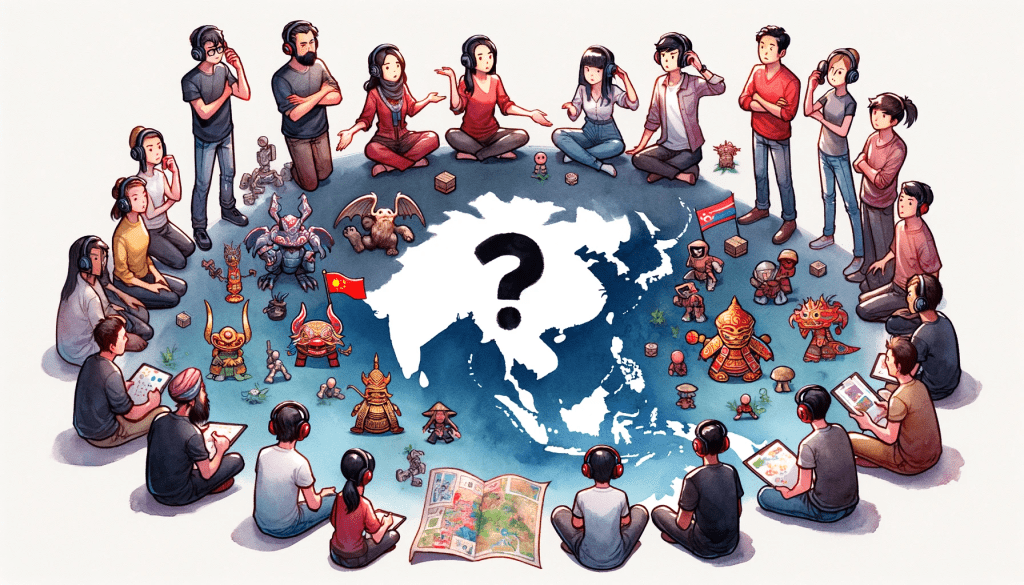
When marketing games in Southeast Asia, one of the most significant missteps a game studio can make is overlooking the region’s unique gaming culture. Southeast Asia is a diverse tapestry of countries with distinct gaming preferences and cultural nuances. Ignoring these subtleties can lead to underwhelming game performance or even failure in these markets.
Understanding Regional Preferences:
- Thailand and Vietnam: These countries strongly prefer strategy and role-playing games (RPGs). Games that cater to these genres tend to perform better.
- Indonesia and the Philippines: Here, gamers lean towards action and adventure games. A high-paced game with an engaging storyline can captivate audiences in these countries.
- Malaysia and Singapore: These markets show a balanced interest across various genres, including simulation and sports games.
Tips for Aligning with Local Gaming Culture:
- Research and Adaptation: Conduct in-depth market research to understand each country’s gaming habits and preferences. Tailor your game’s themes, characters, and gameplay to resonate with local players.
- Local Partnerships: Collaborating with local game marketing agencies, such as a game marketing agency in Singapore or Southeast Asia, can provide valuable insights and help tailor your marketing strategies effectively.
- Cultural Sensitivity: Be mindful of cultural sensitivities and avoid content that may be offensive or irrelevant to local audiences.
Ignoring the local gaming culture in Southeast Asia can be a costly mistake for game studios. By understanding and embracing the region’s diverse gaming preferences, studios can significantly enhance their chances of success. Remember, a game that resonates culturally can transform into a beloved pastime for many.
LOCALIZE YOUR GAME MARKETING
For more insights into customer experience and how to tailor your game to meet local tastes, visit PIF Nation's Customer Experience Services.
Mistake #2: Underestimating Mobile Gaming Popularity
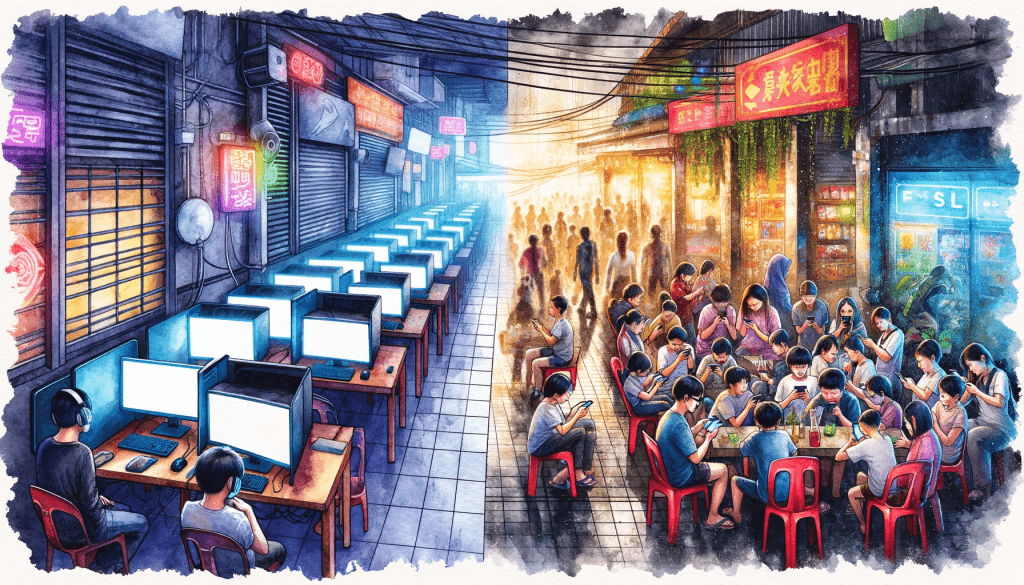
A common mistake game studios make when marketing in Southeast Asia is underestimating the sheer scale and impact of mobile gaming. This region is one of the most dynamic mobile gaming markets globally, with millions of players engaging daily on smartphones. Game studios that fail to recognize this trend often miss out on a significant portion of the gaming audience.
With widespread smartphone usage, Southeast Asia boasts a rapidly expanding base of mobile gamers. Countries like Indonesia, the Philippines, and Vietnam have seen an exponential increase in mobile game downloads and engagement. The affordability of mobile devices compared to PCs or consoles makes mobile gaming more accessible to a broader audience.
Games like ‘Mobile Legends: Bang Bang’ achieved remarkable success in Southeast Asia by tailoring their content to suit local preferences, incorporating regional languages, and optimizing for mobile performance.
Implementing a microtransaction model that aligns with the spending habits of Southeast Asian players can also lead to increased revenue. Offering small, frequent in-game purchases is a strategy that resonates well with the mobile gaming community in this region.
The Power of Mobile Game Marketing Agencies
Partnering with a specialized game marketing agency in Singapore or a game marketing agency in Southeast Asia can be a game-changer. These agencies understand the intricacies of the mobile gaming market and can help navigate the competitive landscape effectively.
These agencies can also aid in identifying the right channels for promotion, such as popular mobile gaming forums and social media platforms unique to the region.
CHECK OUT SUCCESSFUL CASE STUDIES
Discover more about successful game marketing strategies in Southeast Asia and read success stories from Singapore's top game marketing agency at PIF Nation's Success Stories.
Mistake #3: Overlooking Local Languages and Content Localization
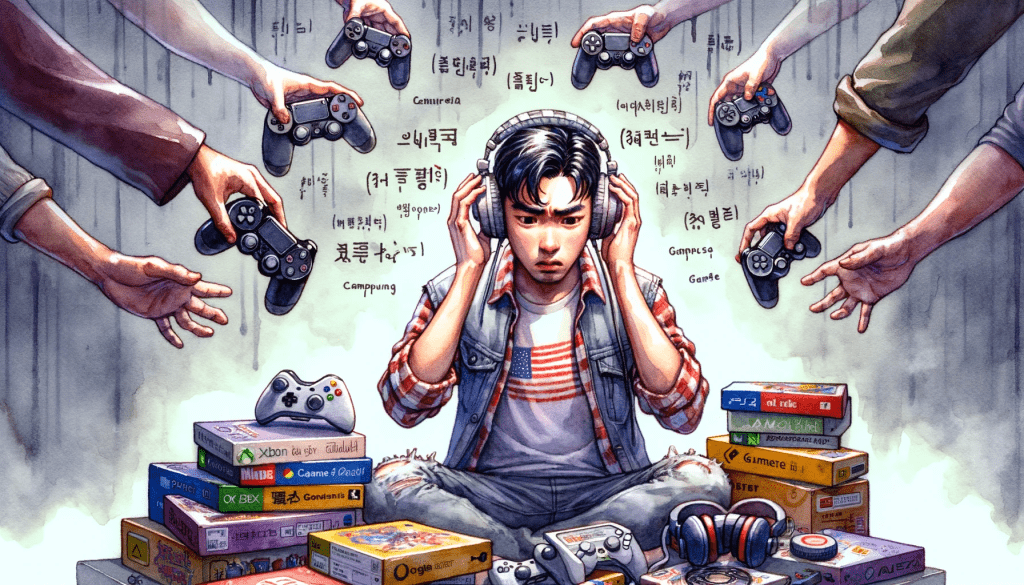
Another common mistake game studios make when marketing is the failure to effectively localize content. This region is a mosaic of languages and cultures, and game studios that overlook this diversity often struggle to connect with the audience.
Southeast Asia is home to hundreds of languages and dialects. Major languages include Bahasa Indonesia, Thai, Vietnamese, Tagalog, and Malay, among others. Many gamers in Southeast Asia prefer playing games in their native language, which makes localization a crucial aspect of game publishing in the region.
Games that are not localized or are poorly translated often result in a disconnect with the target audience. This can lead to a lack of engagement, poor user experience, and ultimately, a decline in game popularity. Conversely, well-localized games see higher download rates, better engagement, and more robust community support.
Localizing Your Game Effectively:
- Comprehensive Localization: Beyond mere translation, localization involves adapting cultural references, humor, and idiomatic expressions to resonate with the local audience.
- Quality Assurance: Ensure that the localized content is free from errors and accurately conveys the game’s essence. Poor localization can be more damaging than no localization.
- Continual Updates: Keep the localized content updated with ongoing game developments and patches.
Engaging a game marketing agency in Southeast Asia, specifically a game marketing agency in Singapore, can provide the expertise needed for effective localization. These agencies can offer insights into local preferences and ensure your game’s content is culturally relevant and linguistically accurate.
LOCALIZE YOUR GAME MARKETING
For more insights into customer experience and how to tailor your game to meet local tastes, visit PIF Nation's Customer Experience Services.
Mistake #4: Inadequate Understanding of Local Payment Systems
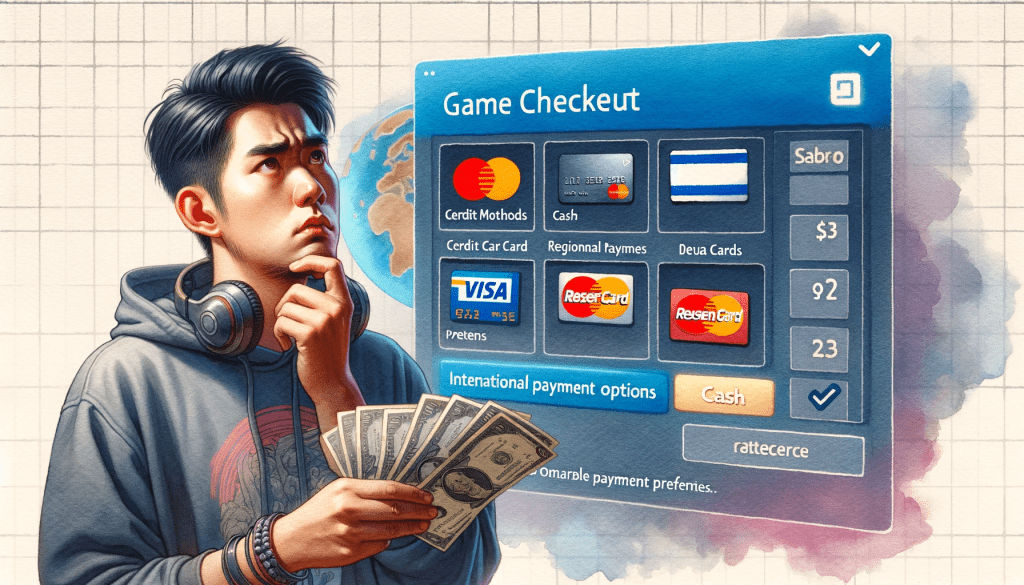
A crucial aspect often overlooked in game publishing in Southeast Asia is the region’s unique payment system landscape. Southeast Asia is characterized by a diverse array of preferred payment methods that differ significantly from Western markets. Game studios failing to integrate these local payment methods may find themselves at a substantial disadvantage.
Diversity of Payment Methods:
- Cash-Based Societies: In many Southeast Asian countries, cash is still king. Countries like Vietnam and the Philippines have a high reliance on cash transactions.
- E-Wallets and Mobile Payments: Digital wallets and mobile payment platforms like GoPay in Indonesia and GCash in the Philippines are rapidly gaining popularity.
- Bank Transfers and Direct Debits: In markets like Singapore and Malaysia, direct bank transfers and debits are common payment methods.
Offering familiar and accessible payment options can significantly increase a game’s market penetration. Players are more likely to make in-game purchases if the process is convenient and in line with their usual payment habits.
On the other hand, restricting payment options to credit cards or international payment platforms can alienate a large segment of potential gamers who may not have access to these services.
Adapting to Local Payment Preferences:
- Research and Adapt: Conduct thorough market research to understand the preferred payment methods in each target country.
- Flexible Payment Solutions: Implement a range of payment options to cater to the diverse preferences of Southeast Asian players.
- Partnerships with Local Providers: Collaborating with local payment service providers can streamline the process of integrating these payment methods into your game.
Understanding and adapting to local payment systems is essential for successful game marketing in Southeast Asia. This approach not only enhances user experience but also opens up avenues for increased revenue generation.
Mistake #5: Neglecting Regional Social Media Platforms
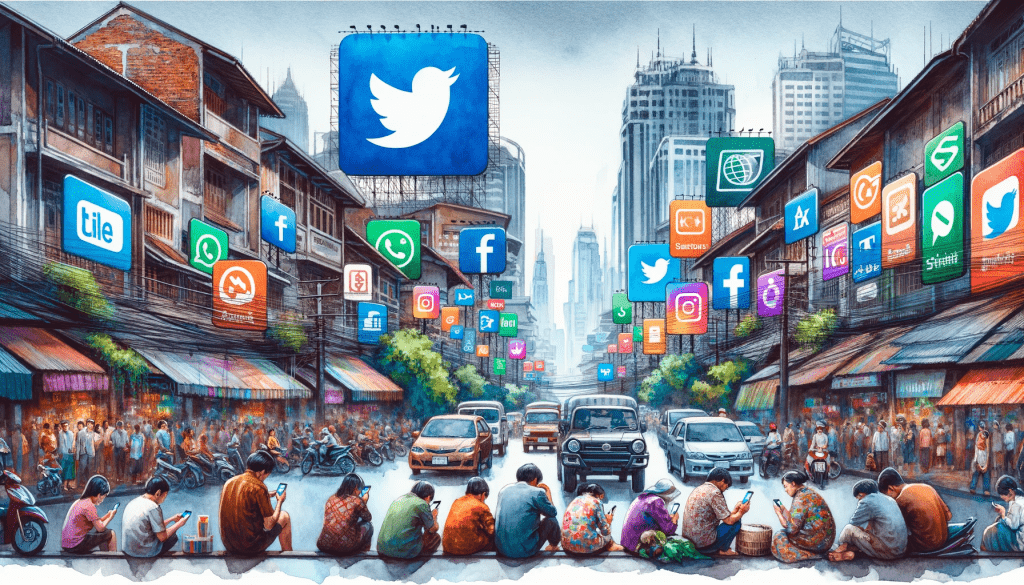
In Southeast Asia’s game marketing landscape, underestimating the power of regional social media platforms is a significant oversight. While global platforms like Facebook and Twitter are popular, many regional platforms have a massive following and can significantly influence a game’s success in these markets.
Platforms like Zalo in Vietnam, LINE in Thailand, and WeChat in Singapore have substantial user bases and are ingrained in the daily digital habits of millions. Focusing solely on global social media platforms can mean missing out on engaging with a vast segment of the gaming community that primarily uses regional networks.
Effective Social Media Strategies
- Localized Content: Tailor your social media content to reflect local languages, trends, and cultural nuances. This approach resonates more with the audience and fosters a sense of community and belonging.
- Engagement over Broadcast: Use these platforms to engage with the audience rather than just broadcasting content. Interactive posts, polls, and community discussions can increase engagement levels.
- Influencer Collaborations: Partnering with local influencers and gamers who are active on these platforms can amplify your reach and lend credibility to your game.
Leveraging Regional Platforms for Marketing
Engage a game influencer agency in Singapore or a specialized agency in Southeast Asia to navigate these platforms effectively. These agencies have the expertise and the network to execute targeted campaigns that resonate with the local audience.
Monitor and analyze the performance of your social media strategies on these platforms to continually refine and optimize your approach.
Mistake #6: Overlooking Partnership Opportunities with Local Influencers

A key aspect often missed in game marketing in Southeast Asia is leveraging the influence of local gaming influencers. Influencers in this region hold substantial sway over gaming communities and can significantly impact a game’s popularity and acceptance.
Influencers often act as trendsetters and trusted sources of information for their followers. They have the power to shape opinions and drive engagement, making them invaluable for promoting new games. Southeast Asian influencers tend to have a deep understanding of local gaming culture and preferences, making their endorsements highly relevant and effective.
Maximizing ROI with Influencer Partnerships
- Identify the Right Influencers: Not all influencers are created equal. It’s crucial to partner with those who align with your game’s genre and target audience. For instance, an influencer known for their expertise in RPGs might be more suitable for promoting a new role-playing game.
- Authentic Engagement: Influencers who genuinely enjoy and engage with your game can create more authentic and compelling content. This authenticity resonates with their audience and can lead to higher engagement rates.
- Long-Term Relationships: Building long-term relationships with influencers can yield sustained benefits. It allows for ongoing promotion and keeps the game top of mind among the influencer’s followers.
A game influencer agency in Singapore or a specialized agency in Southeast Asia can help identify and connect with the right influencers for your game. These agencies understand the intricacies of the influencer landscape in the region and can facilitate effective collaborations that align with your marketing goals.
TIPS FOR MAXIMING ROI USING GAME INFLUENCERS
Overlooking the power of local influencers is a missed opportunity in the realm of game marketing in Southeast Asia. By tapping into their influence, game studios can significantly enhance their marketing efforts and strengthen their presence in this vibrant market. For insights on maximizing ROI with gaming influencers in Singapore, visit PIF Nation's Tips for Game Studios.
Frequently Asked Questions
What do you think is the biggest problem with the gaming industry today?
Today, the gaming industry faces the challenge of balancing game quality with profitability. There’s a trend of pushing games to market quickly, which can lead to underdeveloped products. This rush often results in games plagued with bugs or lacking content, leading to disappointment among gamers. Additionally, the industry grapples with issues like excessive monetization strategies, including aggressive microtransactions, which can detract from the gaming experience. Addressing these concerns is vital for maintaining trust and satisfaction among the gaming community.
What are common marketing mistakes?
Common mistakes game studios make when marketing include not understanding the target audience, underestimating the importance of a solid online presence, and failing to engage with the community. Many game marketers overlook the power of social media and influencer partnerships. They also sometimes rely on outdated marketing strategies that don’t resonate with modern gamers. Another mistake is not tailoring marketing campaigns to different regions, cultures, or platforms, resulting in a one-size-fits-all approach that fails to connect with diverse gaming audiences.
How do you market a game successfully?
To market a game successfully, start by understanding your target audience. Use this knowledge to tailor your marketing strategies. Create engaging and relevant content on social media and gaming platforms. Partner with influencers and gamers who resonate with your target demographic. Also, consider localization – adapt your game’s marketing materials for different regions and languages. Offer sneak peeks, teasers, and exclusive content to build excitement. Finally, listen to feedback from your audience and be flexible in adjusting your marketing strategies based on their preferences and trends.
What can go wrong when making a game?
Several issues can arise when making a game. One major issue is scope creep, where the game’s design and features continuously expand, delaying the project and increasing costs. Technical problems like bugs and glitches can also hinder game development. Poor planning or unrealistic timelines often lead to rushed games, compromising quality. Additionally, a lack of clear vision or communication within the development team can result in a disjointed final product. Finally, ignoring player feedback during testing phases can lead to a game that fails to meet audience expectations.
What problems do game designers face?
Game designers often struggle with balancing creativity and technical limitations. They need to create engaging and original game mechanics within technology and budget constraints. Another challenge is designing games appealing to a wide range of players while offering a unique experience. Staying updated with the latest gaming trends and technologies can also be demanding. Game designers must also work closely with other team members, like programmers and artists, to ensure their vision is accurately translated into the game, which requires strong communication and collaboration skills.
Looking to expand your player base in Southeast Asia?
Discover one-stop solutions for game publishing in Southeast Asia with PIF Nation.

